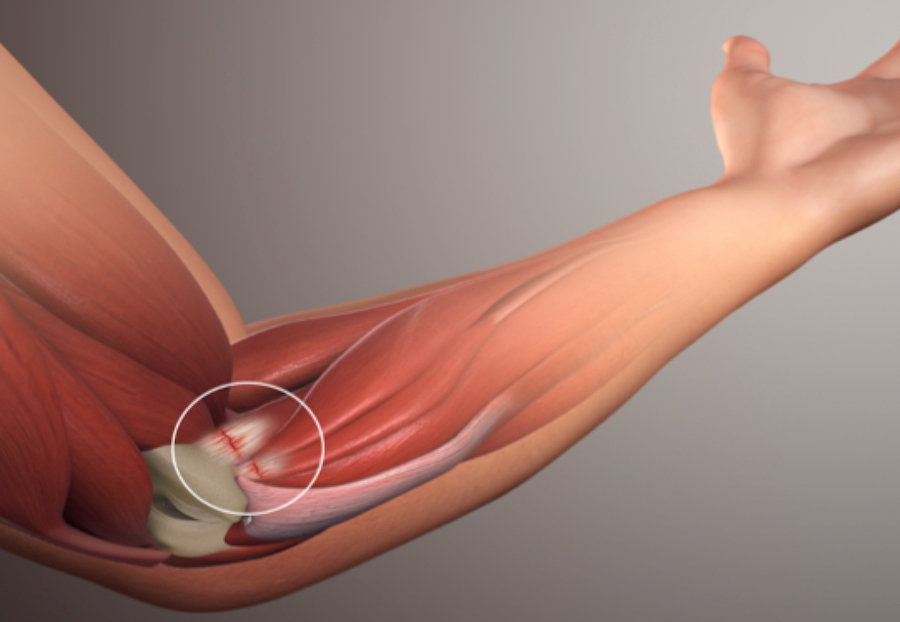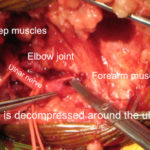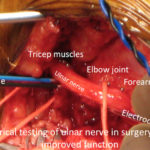The ulnar nerve supplies some sensation and the majority of strength to the hand.
It courses under the elbow and through the inside (medial) part of the hand. When someone hits their “funny bone” they are compressing their ulnar nerve.
Compression of the ulnar nerve commonly occurs at the elbow. Often this can occur from trauma to the elbow, which can simply include repeated pressure from a tabletop, armchair or armrest in a car. Other causes include repeated flexion of the arm at the elbow. This can occur from holding your cellphone to your ear.
Ulnar nerve compression, or entrapment, at the elbow is commonly called “cubital tunnel syndrome”. It is the 2nd most common peripheral nerve entrapment behind carpal tunnel syndrome.



